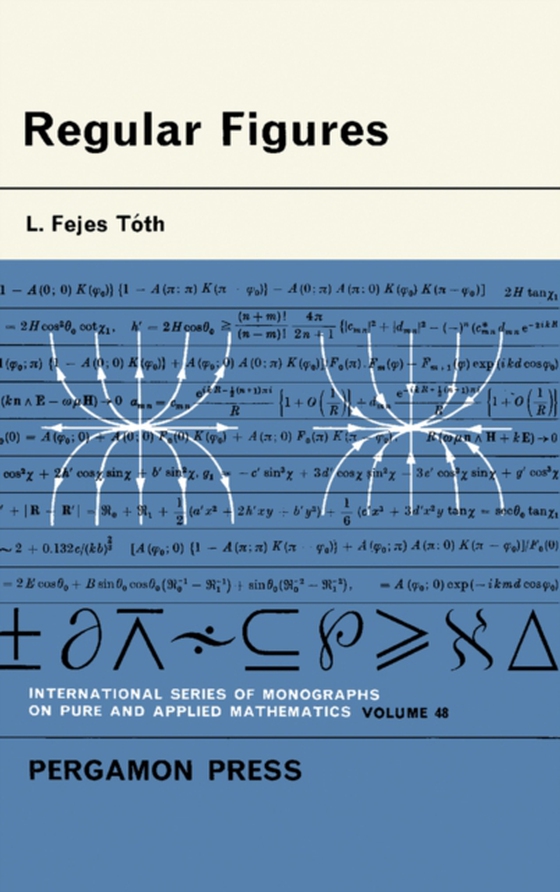
Regular Figures e-bog
591,74 DKK
(ekskl. moms 473,39 DKK)
Regular Figures concerns the systematology and genetics of regular figures. The first part of the book deals with the classical theory of the regular figures. This topic includes description of plane ornaments, spherical arrangements, hyperbolic tessellations, polyhedral, and regular polytopes. The problem of geometry of the sphere and the two-dimensional hyperbolic space are considered. Clas...
E-bog
591,74 DKK
Forlag
Pergamon
Udgivet
2014
Længde
352 sider
Genrer
PBG
Sprog
English
Format
pdf
Beskyttelse
LCP
ISBN
9781483151434
Regular Figures concerns the systematology and genetics of regular figures. The first part of the book deals with the classical theory of the regular figures. This topic includes description of plane ornaments, spherical arrangements, hyperbolic tessellations, polyhedral, and regular polytopes. The problem of geometry of the sphere and the two-dimensional hyperbolic space are considered. Classical theory is explained as describing all possible symmetrical groupings in different spaces of constant curvature. The second part deals with the genetics of the regular figures and the inequalities found in polygons; also presented as examples are the packing and covering problems of a given circle using the most or least number of discs. The problem of distributing n points on the sphere for these points to be placed as far as possible from each other is also discussed. The theories and problems discussed are then applied to pollen-grains, which are transported by animals or the wind. A closer look into the exterior composition of the grain shows many characteristics of uniform distribution of orifices, as well as irregular distribution. A formula that calculates such packing density is then explained. More advanced problems such as the genetics of the protean regular figures of higher spaces are also discussed. The book is ideal for physicists, mathematicians, architects, and students and professors in geometry.
 Dansk
Dansk

